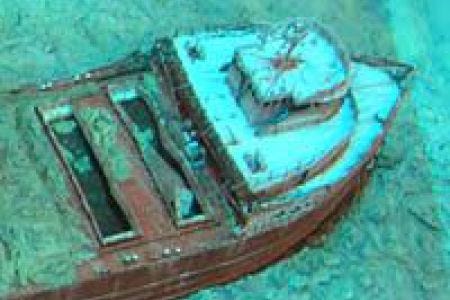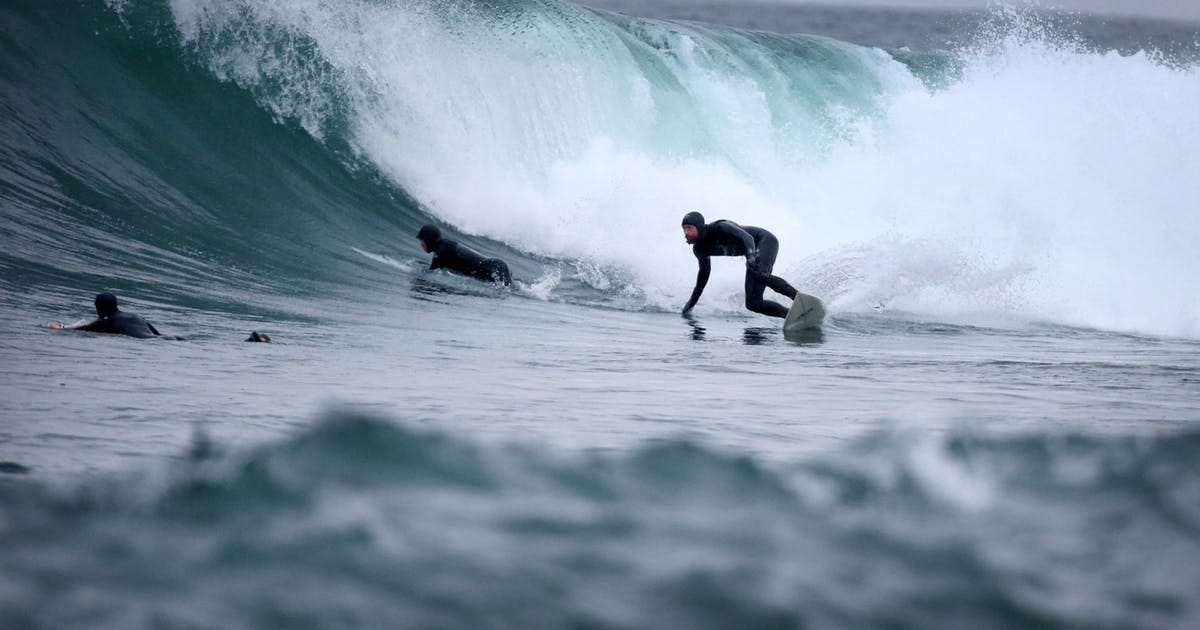Part 3 of 3
In Part 1 of this 3 part series, I introduced light expeditions, journeys accessible to anyone willing to develop the necessary strength, courage, and mastery. A light expedition is a short, performable (in personal cost, preparation time and duration) journey with a purpose that leverages and develops the right skills and confidence while building self-understanding. It also affords opportunities to discover secrets and achieve firsts.
In part 3 of 3, I’ll provide several light expedition examples.
A Personal First: A Week-Long, 120 mile Long Canoe Trip in the Quetico

My first light expedition was a week-long canoe trip in the Quetico as a teenager with 4 other Scouts and an adult leader. The Quetico is a large wilderness park in Canada that lies on the Minnesota border, adjacent to the Boundary Waters Canoe Area Wilderness (BWCAW). Together these two parks comprise 2.27 million acres. With no development allowed and highly restricted access and use, you can paddle and hike for days without seeing a single person outside your group. Six of us traveled 120 miles in canoes, nearly 20 miles a day, a brutal pace. The purpose of this trip was to put enough miles behind us that we would be alone and could experience the North American wilderness pre-settlement, and we succeeded: we saw only one other group of paddlers other than the days we left and returned.
And that was the last big trip I did for the next 22 years, as I built a career, a company and raised a family. I completely put aside this part of me, the need to explore the unknown and to push my physical limits. A divorce and the loss of my youngest cousin in a freak accident reminded me that my time on earth was limited, and that living life fully with my true friends and family required big changes. At the time it wasn’t exactly clear to me why what I now call light expeditions were so appealing and fulfilling, but they were.

I took up whitewater canoeing, sailing, and light backpacking with friends and family because I enjoyed them. Gradually I began to realize what Sir Wilfred Thesiger had said (quoted in Part 1of this series) was the key:
I went there to find peace in the hardship of desert travel and the company of desert peoples… It is not the goal but the way there that matters, and the harder the way the more worthwhile the journey.
Our true nature is to seek out ways to test our strength, courage, and mastery and to achieve some recognition (honor) for that. We’re never really satisfied until we’re suffering through a journey towards a goal, perhaps to be the first to achieve something or to reveal some secret, but more often just to find peace through the effort.
Here are a few other light expeditions to give you a better sense for the concept.
A First: Diving the Edmund Fitzgerald via SCUBA
The Fitzgerald is the best known Great Lakes shipwreck, going down during a horrific storm on November 19, 1975 with all 29 men. Their bodies are still entombed in the ship. The storm that sank the Fitzgerald was one of the worst gales ever recorded on the lake, with mountainous seas reaching 40+ feet. The wreck was studied first via remote cameras mounted on submersibles, and more recently by submarines manned by people.
In 1995, two expert divers drove a truck from Florida to Lake Superior. They were the first to dive the wreck of the Edmund Fitzgerald via SCUBA, taking only 6 minutes to reach the wreck at 530 feet, and 3 hours to return. They only had 15 minutes on the bottom.

Terence Tysall and fellow diver Mike Zee (a former student of Tysall’s) were not foolhardy thrill seekers. Tysall had performed more than 8,000 dives for the Navy, NASA, NOAA and other organizations. Yet, given their extreme skill levels in SCUBA diving plus experience and the simple logistics (they simply chartered a boat to take them to the wreck site for the one day they had a weather window), they were able to make the dive strictly with their own personal resources. The Fitzgerald dive was not only the deepest SCUBA dive ever in the Great Lakes, it was the deepest such dive to any wreck.
From a recent article on the expedition:

The two picked a date, arranged a team and drove a small pickup truck from Florida to Michigan, taking turns sleeping on the oxygen tanks in the truck bed. When they arrived in the Upper Peninsula, the weather gave them a window of one morning when the water was millpond calm for the expedition.
On the lake bed, the pair saw a hull towering above them, illuminated by heavy-duty lights they’d dropped on a camera line. The lights gave them about 60 feet of visibility on the bow area and of the iron ore scattered around the bottom. They floated up the hull side, past the words “Edmund Fitzgerald,” to the pilothouse.
“In an era when people can experience so many things virtually, Tysall said he considers diving a way to maintain a physical connection with history. “The Fitzgerald was another step in that for me,” he said. “I think it was important for us to be there.”
Looking for a Secret: Remote Surf on Lake Superior
Lake Superior is home to hundreds of shipwrecks that testify to the lake’s potential for destruction. It’s southwest coast near Grand Marais, Michigan is popular with surfers. The sheer number of ships sunk there led to that area being called “the Shipwreck Coast”.
Superior is also one of the few freshwater lakes on the planet that generates ocean-sized surf. Surfing requires water big enough to allow swells to develop, which means winds blowing over hundreds of miles of open water. The topography (bathymetry) of the lake floor must also be conducive to forming waves that peel rather than closing out all at once. Stony Point is a popular surfing destination for the lake, yet surfing there began only two decades ago.
Superior’s frigid waters require that surfers wear the thickest wetsuits possible because the best surfing happens in the coldest months, fall through spring. Rocky shores demand solid skills to avoid injury.

Stoney Point is close to Duluth, a medium-sized port town with an accessible airport. However, there is a lot of isolated shoreline in Lake Superior with high potential for surfable waves, yet these are usually so remote and inaccessible they have never been surfed. The problem is exacerbated by the sporadic nature of swells in an inland lake and the fog, high winds, and big seas that often accompany swell-generating weather. To understand these challenges while scouting for solid surf locations, a light expedition was needed.

I met two Lake Superior surfers, Ryan Patin and Stefan Ronchetti (we all work for the same software company) who’ve surfed Lake Superior for years, almost since the beginning. They were passionate about finding new surfing locations on the lake, and had already executed several driving trips (light expeditions actually) to surf remote parts of the north shore of Superior in Minnesota. They were excited about the potential for surfing Isle Royale, an island 20 nautical miles offshore in the northern part of Lake Superior. The bathymetry looked very promising in the southeast portion of the island, which was also exposed to hundreds of mile of fetch (stretches of open water over which the wind can blow) from the southeast and southwest.

Ryan and I traveled to Isle Royale, a national park, in July 2018 to scout potential surf locations. Over the course of three days were able to circle the island in my Zodiac 650 RIB (Rigid Inflatable Boat), mapping and photographing dozens of sites with solid potential. We also practiced getting a surfer in and out of the boat safely, and operating the Zodiac in the shallow reefs where surfable waves happen. Ryan even did a little surfing in a dying swell on our first full day on the island. Since this trip was in the summer, the weather was ideal for testing the logistics and scouting potential sites, but not ideal for surfing, which happens in the colder months.
This light expedition combined my boating and camping experience plus navigation skills, with Ryan’s surfing expertise and talent. Based on this trip, we are considering another trip in October or April timed to coincide with strong surfing potential based on Lake Superior weather forecasts and wave models. We will be able to refine the logistics and safety planning along with focusing on the potential surf sites with the most potential. Perhaps we will be able to find a huge wave where no one else has.

The links below point to all three essays in this series on light expeditions.
Part 1: The Power of Light Expeditions








